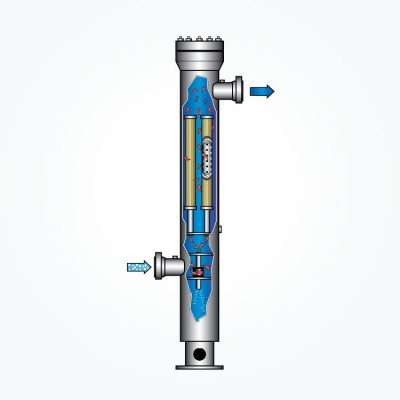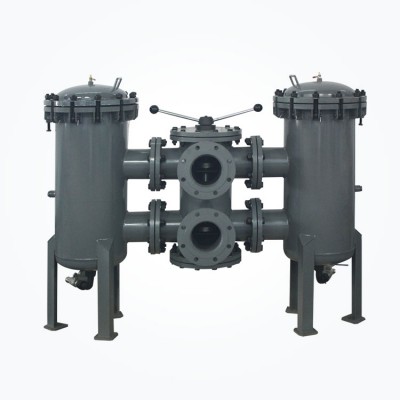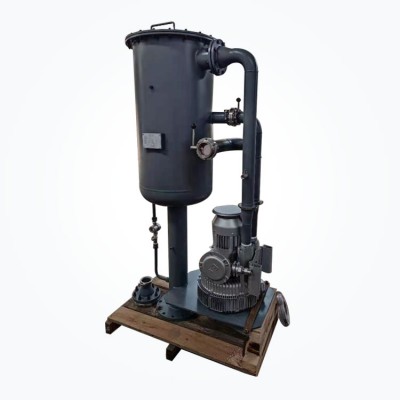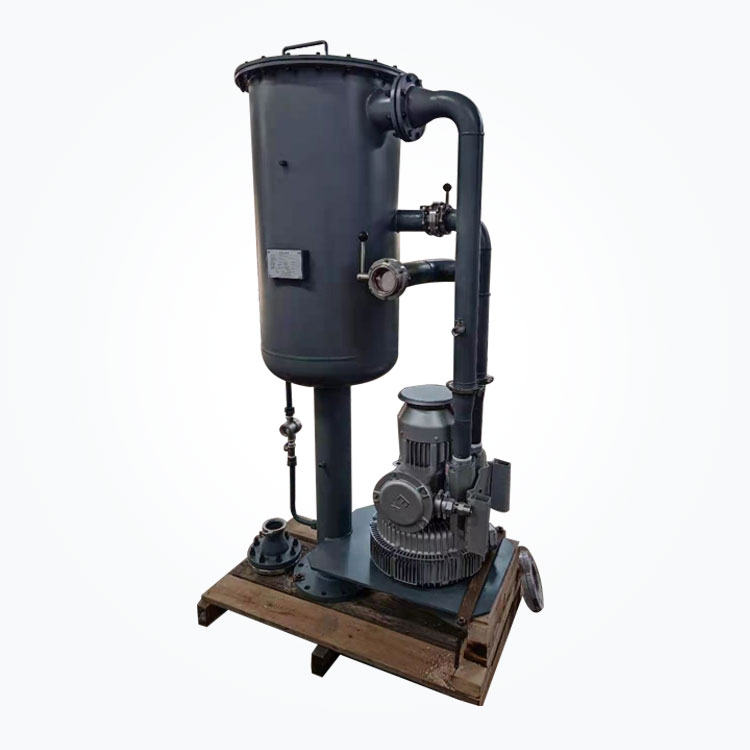
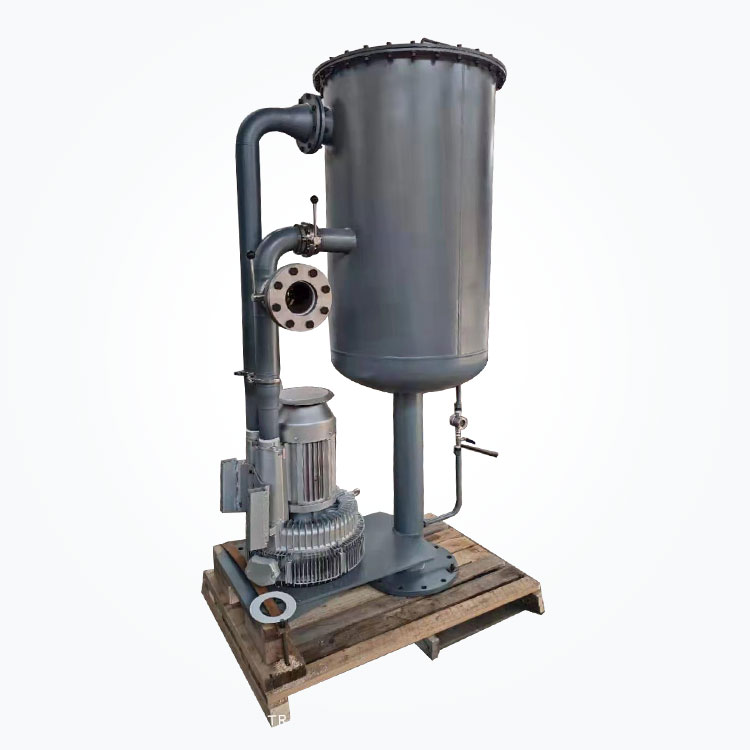

Oil Mist Separator
The flow of separator can be adjusted according to the actual working conditions of users; It is equipped with bypass valve to prevent the influence of excessive resistance of filter element on oil return of oil tank;
Application of oil tank oil mist separator in oil tank of hydraulic lubricating oil station
Background
Lubricating oil stations are widely used in the lubrication of largerotary machinery equipment, such as compressor, gas turbine, etc.When the lubricating oil passes through the main gear or bearing of the main engine, a large amount of oil mist will be generated and will return to the oil tank with the oil return pipeline, and finally be discharged through the ventilation pipe above the oil tank.
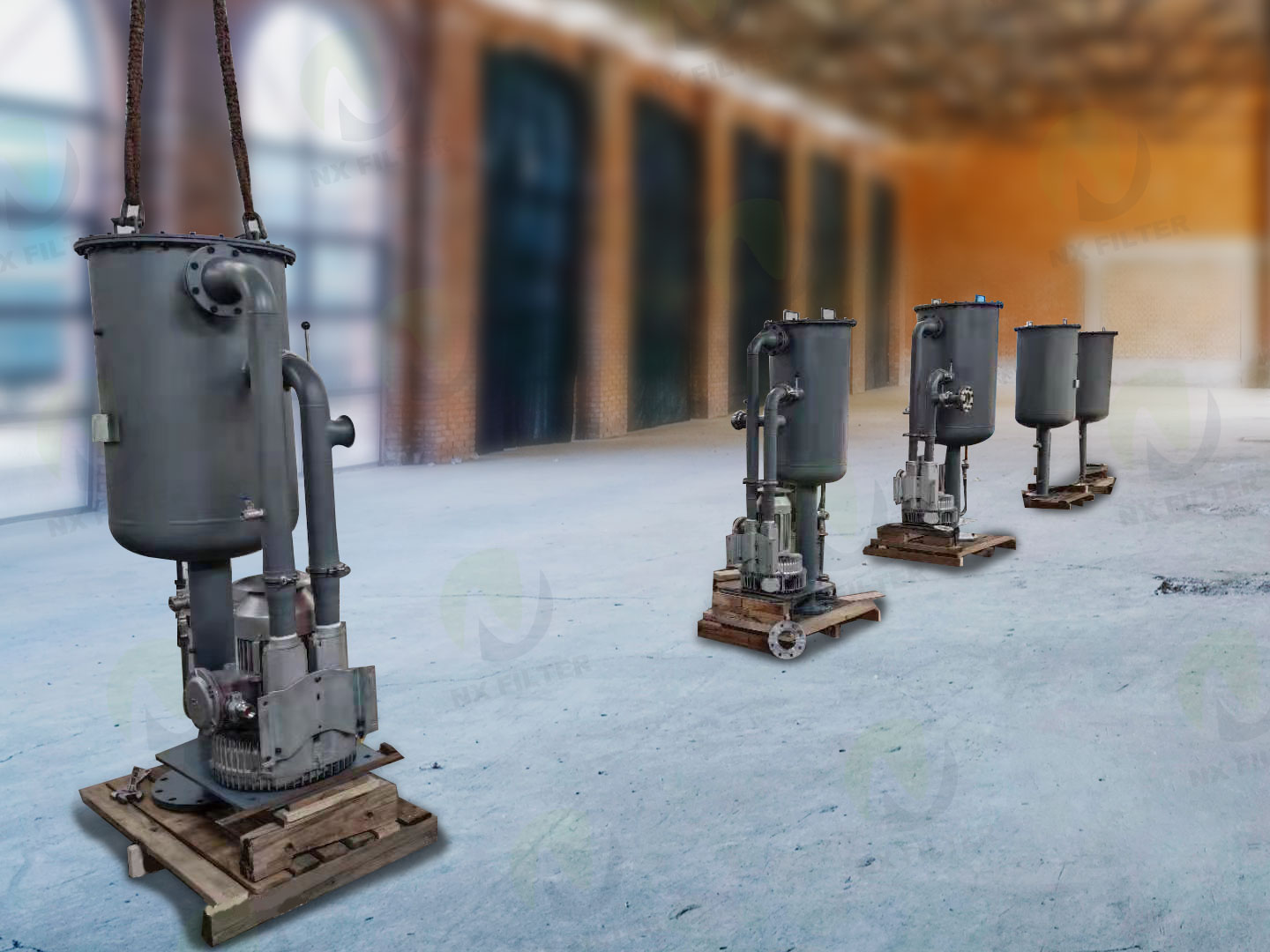
Consequences of direct emissions:
The diameter of the oil mist particles is very small (more than 90% is less than 1 um).When discharged into the air, it will mix and condense with the solid particles in the air, and then form air pollutants with strong adhesion, which will cause serious damage to the environment.After being inhaled into the body, the oil mist particles will adhere to the surface of the breathing organs, which seriously threatens the physical and mental health of the surrounding people.
The direct discharge of a large amount of oil mist increases the loss of lubricating oil and causes serious economic waste.For example, a 35MW gas turbine needs to add 2000kg of 46# lubricating oil every year before the oil mist separator is added to the fuel tank outlet.After the oil mist separator is installed, it only needs to replenish an additional 100kg of lubricating oil every year.
Working principle of oil mist separator
The air outlet of the oil mist separator is connected with the air inlet of the explosion-proof fan, and the oil mist is extracted from the oil tank by the pumping force of the fan. After passing through the filter element, the oil mist is separated into air and oil droplets.The clean air is discharged by the fan, and the oil droplets return to the oil tank. The oil mist separation filter element adopts glass fiber filter paper + composite fiber.The submicron glass fiber can efficiently capture the fine oil mist particles and form large droplets through multi-layer coalescence. The large droplets are separated by the separation layer and then return to the oil tank with gravity, which is both environmental protection and economy
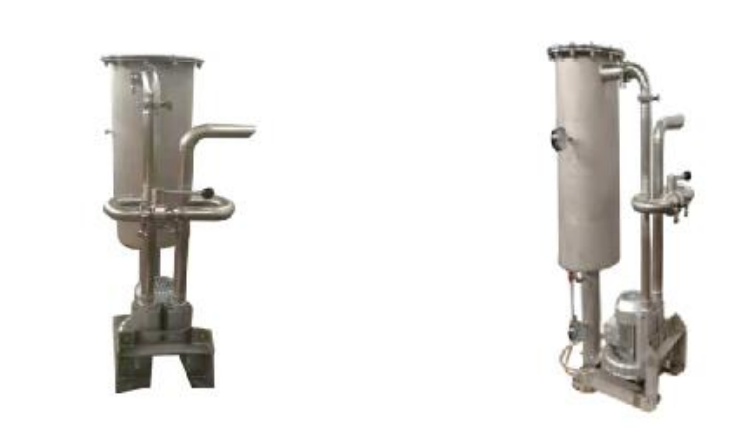
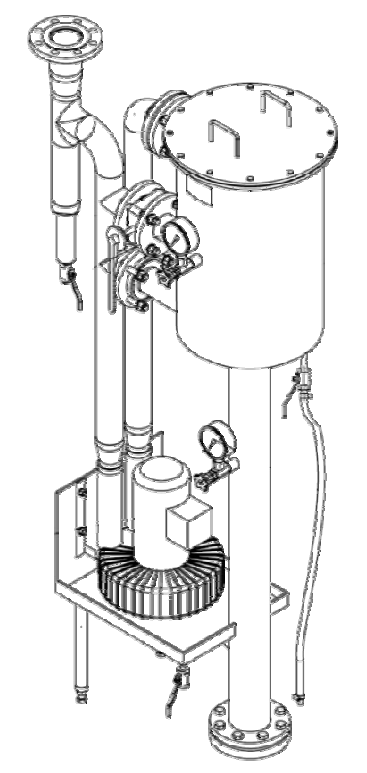
Schematic diagram of oil mist separator principle
1. Pressure gauge before filtration
2. Pressure gauge after filtration
3. Filter cartridge
4. Butterfly valve
5. Bypass valve
6. Fan
7. Oil Return Valve
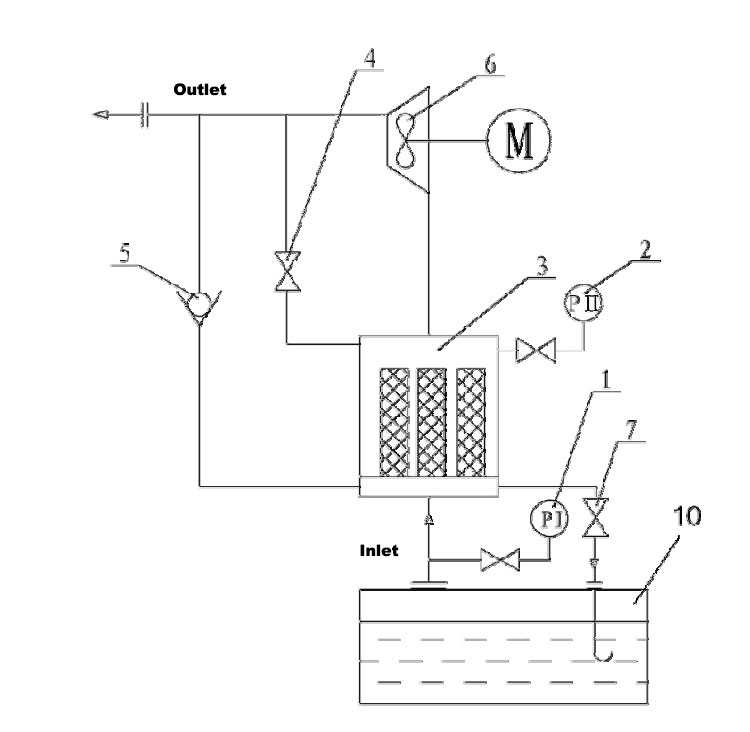
Product advantages
The frame part of the filter element is made of 304 stainless steel, which is corrosion-resistant and will not cause solid impurities such as rust to pollute the oil after long-term use. The filter layer is divided into coalescence layer and separation layer. The filter layer is divided into a coalescence layer and a separation layer. The coalescence layer is made of imported sub-micron glass fiber material. After special treatment, it has the characteristics of strong corrosion resistance and does not melt with chemical organic solvents, and the fiber does not fall off; The separation layer is made of polyester material, and the polyester material is of high strength It has strong corrosion resistance, and the highest temperature resistance can reach 150 ℃. The polyester material after calendering treatment ensures that the filter element will not fall off after long-term use;
Our company has advanced oil mist separation test bench, which adopts German PALAS particle size spectrometer and the US TSI company’s 3150 filter detection system, and can detect accuracy from 0.01um to 40um. After a lot of experimental verification, our oil mist separation filter element has a filtration efficiency of 99.97% @ 0.3um under the rated air volume,and the outlet oil content is less than 3mg/m³;which is much lower than the 120mg/m³ stipulated in the GB 31570-2015 "Petroleum Industry Pollutant Emission Standard".
The flow of separator can be adjusted according to the actual working conditions of users;
It is equipped with bypass valve to prevent the influence of excessive resistance of filter element on oil return of oil tank;
Each upstream and downstream is equipped with a pressure gauge, which is not only convenient to understand the negative pressure inside the oil tank, but also can monitor the pressure difference of the filter element in real time.
Product name | Oil mist separator |
Medium | Air and oil mist |
Pressure: Working/maximum MPa(G) | Normal pressure |
Temperature: Working/maximum (°C) | 60/100 |
Electric fan type | Explosion-proof motor Exd II CT4 |
Shell material | 304 |
Bypass valve material | 304 |
Initial pressure drop kpa | <2 |
Replacement pressure drop kpa | 7.5 |
Filtration accuracy | 3um/97% |
Outlet concentration | 3mg/m3 |
Structural characteristics of filter element
The filter element adopts a composite structure of gas-liquid coalescence. It is composed of inner support layer, protective layer, coalescence layer 1 (ultra-fine glass fiber material), coalescence layer 2 (thick glass fiber material), outer support layer and drainage layer from inside to outside.The material selection of each layer with gradual pore size from inside to outside can ensure the efficiency of droplet removal and the demand of flow rate.

Filter element performance parameters
High liquid removal efficiency and stable coalescence performance;
The design of the pore diameter gradually increases from the inside to the outside can minimize the pressure drop;
The reasonable collocation of the coalescing layer filter fibers greatly improves the circulation;
The design of inner and outer two-layer metal support frame has high strength and is suitable for long-term operation.
Operating temperature | ≤ 120 ℃ |
Initial pressure difference | 2KPa |
End differential pressure | 7.5kpa |
Filter material | Glass fiber + Polyester |
Support and end cover material | 304 |
Sealing ring | Fluororubber |
The principle of filter element selection
When gas-liquid separation, the efficiency of the filter mainly depends on the coalescence of the filter element. The filter element is the core part of the filter equipment. Therefore, how to choose the filter material and the reasonable combination of materials is the key to the quality of the filter element.
The structure of high performance filter element should have the following characteristics:
It has high strength, no pollution, no burr and no chemical reaction;
The inner and outer support net should have enough strength, no pollution, no burr and no chemical reaction;
The inner and outer liner paper should have high passing capacity, high tensile strength, and use materials with long fibers, no shedding, and no chemical reaction;
The high-performance filter material is inert fiber and high-strength resin, with uniform pore size, high opening rate per unit area, and reasonable thickness;
Adopt advanced longitudinal seam bonding, and there is no leakage at the bonding place;
The sealing form should be selected reasonably to ensure that there is no bypass at the connection.
Influence of pore size structure of filter material on the pollutant capacity
The gradual pore size filter material has high capacity of contaminant

The uniform aperture filter material has small capacity of contaminant

Design principle of filter element
In order to optimize the performance of the filter element, it is necessary to consider the operation and design temperature, operation and design pressure, initial net pressure drop, maximum allowable pressure drop, operation and design flow rate, the density and viscosity of the fluid, filtration area, flow rate, required filtration rate, filtration grade, filter service life, particle type and other factors. The pollution degree and pressure difference of the filter element affect the accuracy of the filter element. The accuracy of the filter is related to time. The structure of the filter element has a direct impact on the filtration efficiency. When the cross-sectional area of the filter element increases, the initial pressure and pressure drop also decrease.Considering the cost, the diameter of filter element should not be too large. The smaller the pore size of the filter element, the higher the filtration efficiency. But if the filtration resistance increases, the thickness of the filter element increases, the filtration efficiency also increases,but at the same time the filtration resistance increases. The structure of the filter element must take into account its filtration flow capacity, purification capacity, manufacturing process and compact structure.
Filtration efficiency and pressure drop of filter element
The removal efficiency of particles above 0.3μ is ≥99.97%, and the oil content of the outlet gas is less than 2PPM, which is lower than that of similar foreign filter elements. The figure below shows the filtration performance comparison between MF brand and FRANK brand

